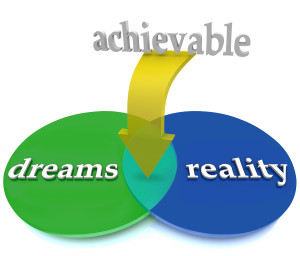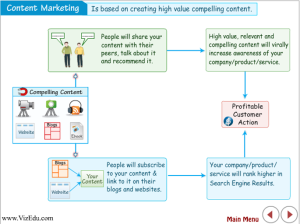 What goals have you identified for your blog and website? What do you want your blog to do for your business? No really, it’s not as obvious a question as it might at first appear.
What goals have you identified for your blog and website? What do you want your blog to do for your business? No really, it’s not as obvious a question as it might at first appear.
I’ve been working with executive coaches and consultants for well over fourteen years now, helping them improve how they show up on the Web. In that time, I’ve seen a number of changes to the way websites look and function. It doesn’t matter if you use a traditional website, or a blog, or a blog as a website, the principles are the same.
Yet many professionals aren’t clear about their content marketing goals; their website and blog goals and expectations are vague. I made some notes for one client and thought I’d share them with you here. I came up with 5 goals your site should strive to accomplish in the first minute or two. One of them is a big challenge… Read More→











